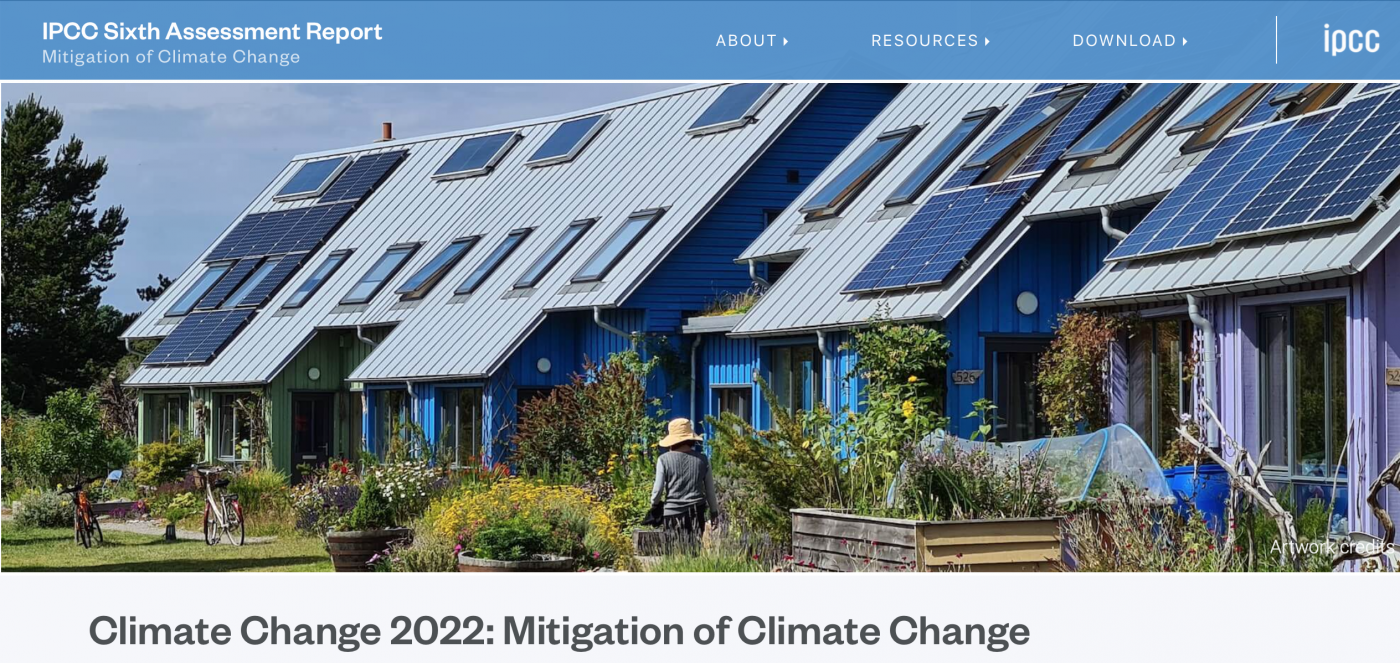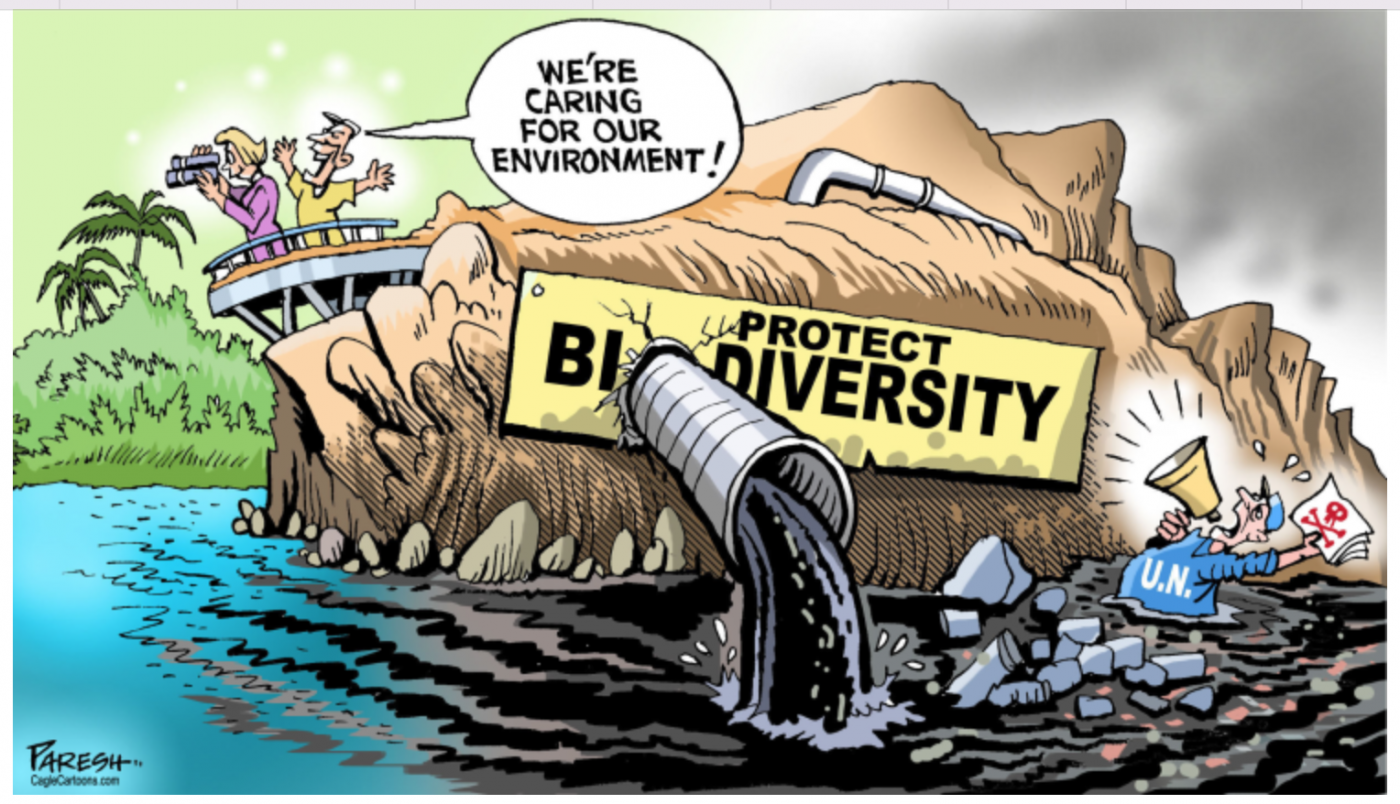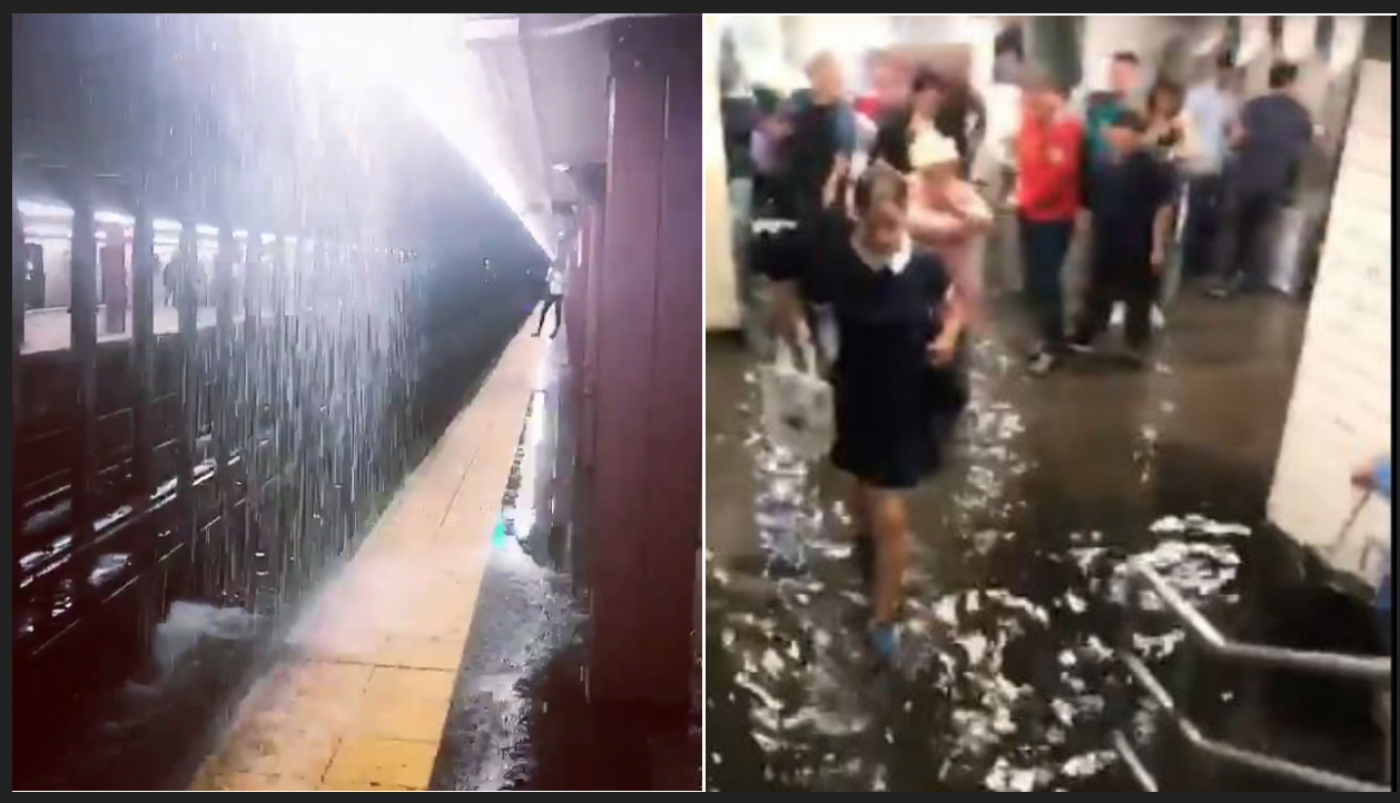How to do nothing for millions of dollars
Author: Gladwyn d'Souza | Category: Environment | Date: 10-08-2021
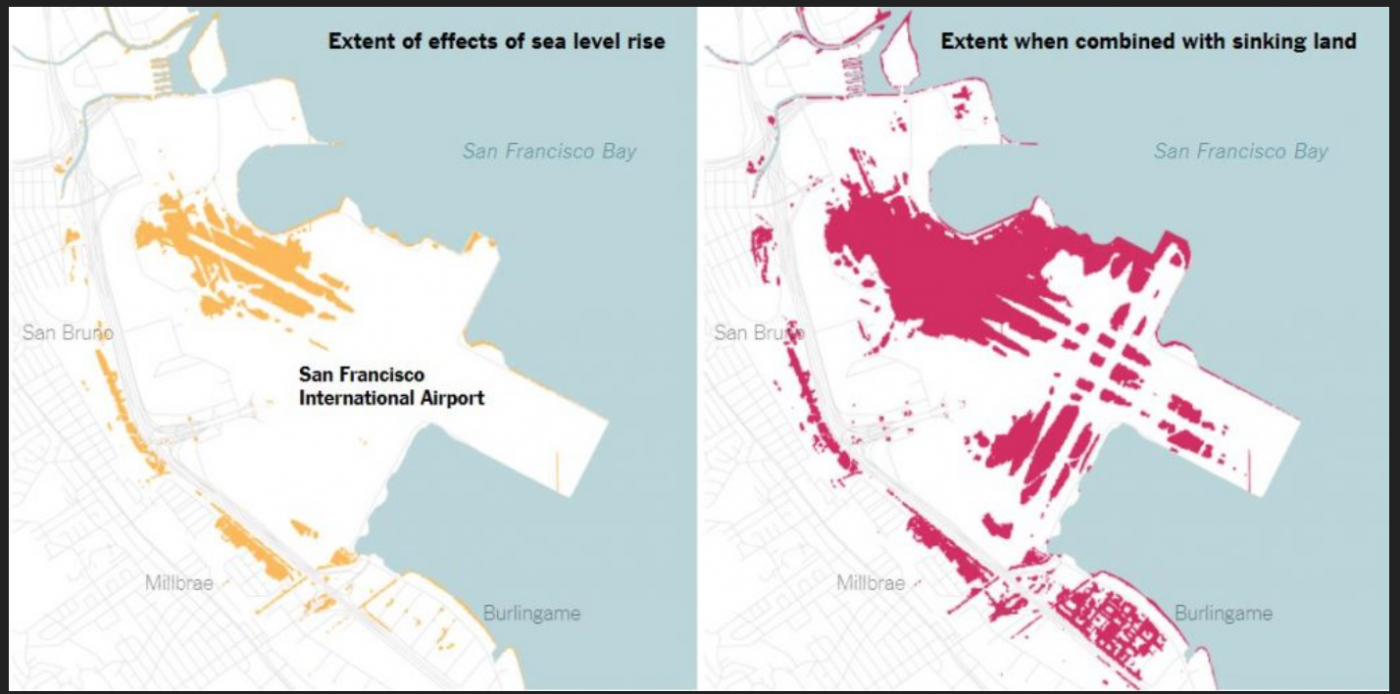
Image from https://strangesounds.org/2018/03/big-drowning-san-francisco-bay-area-will-sink-underwater-in-2100-than-previously-thought.html
With regards to sea level rise, The CMAP looks at how certain populations and assets in San Carlos are vulnerable to sea level rise (see page 46-47, 50). This analysis is consistent with the County Sea Level Rise Vulnerability Assessment. The CMAP then identifies actions contained within strategy 39 (see page 116-117) for how the City can respond. The CMAP acknowledges addressing sea level rise is complex and responding to its impacts will require additional planning and collaboration at the regional level.
Cities are in the process of working on climate mitigation and adaptation plans. San Carlos just finshed one and it offers no solution to sea level rise and wildfires. Between the CMAP and the CSLRVA we have a 571 page response to the known problems of flooding and fire. And there is no direct answer. It's like delay is ok because the cities don't believe the science on climate change. They do this by defering responsibility to regional agencies.
Strategy 39 reads: Sea Level Rise. Develop regionally coordinated sea level rise adaptation measures and programs in collaboration with San Mateo County Flood and Sea Level Rise Resiliency District, ABAG, San Francisco Bay Conservation and Development Commission (BCDC), BayAdapt, and other regional entities.
Cities love safety aspirational goals. And hate implementation where they decline responsibly by 1- deferring responsibility to larger regional agencies and 2- remaining unclear about what solutions they will advocate as members of these agencies! The above strategy is a good example. Based on aspiration the city hired a sustainabiltiy coordinator and spent $250,000/- on the CMAP.
What will San Carlos do about the expected impacts of Sea Level Rise to protect existing built assets and not put new assets in harms way and accommodate natural assets for long term safety and resilience? Nothing- until the regional agencies act. Does the city intend to make a decision over what it controls for resident safety and resilience? No, precautionary principle be damned, it's complex and will involve additional planning. So will they continue with business as usual until a regional solution is arrived at? Looks like it. Is there a time limit on the decision making process? Doesn't look like it- even though the IPCC's grave warnings indicate that we have the next nine years to get of natural gas and reduce air quality pollution both of which have excellent alternatives in electrification and walkable downtowns. What regional solutions will San Carlos elected officials advocate as members of these other agencies? None indicated. Worse the goals the CMAP is going to pursue come from the state and not the IPCC.
The problems cities won't deal with include everything that people depend upon! Less food. More traffic accidents. Extreme weather hitting nuclear waste sites. Becoming a climate refugee. Less water. Dirty air. The public is faced with an immense leadership vacuum to develop resilient communities.
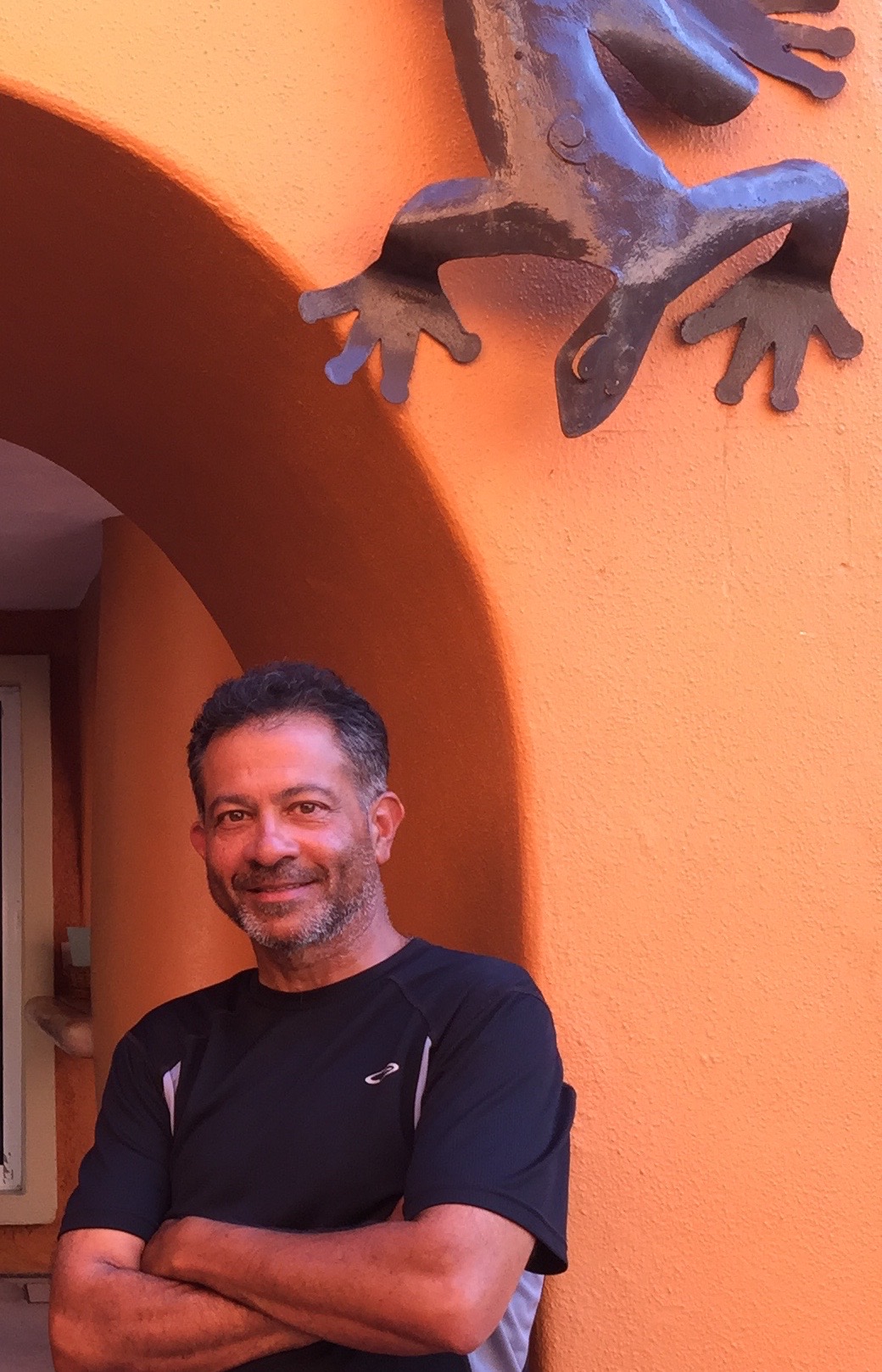
About: Gladwyn d'Souza
SHARE THIS BLOG
Comment:

Sue C.
Find Us
Blog Categories
New Blogs
Thank god for the United Nations
Category: Environment
How would you like to live next to a Wuhan lab.
Category: Environment
COP26- our ticket out of climate change
Category: Environment



